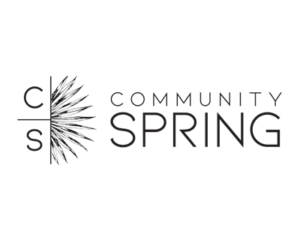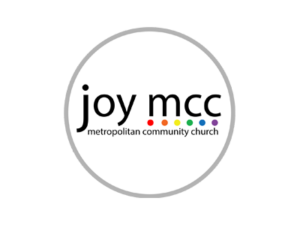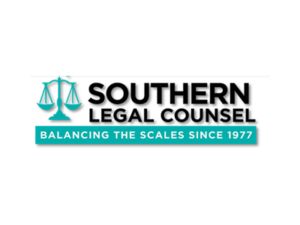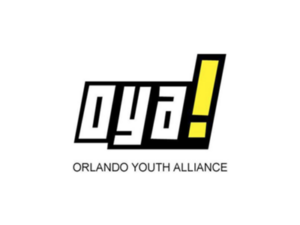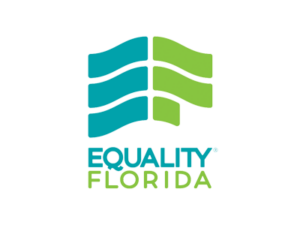Legislation & Policy
Department of Agriculture SNAP Able-Bodied Adults Without Dependents Proposed Rule
On April 1, 2019 NCLR sent joint comments opposing USDA’s proposal to modify the time limit waiver standards for Able-Bodied Adults Without Dependents (ABAWDs).
MoreLegislation & Policy
Rural Pride Summit New Mexico
In September 2019, NCLR together with New Mexico Legal Aid and co-sponsor Equality New Mexico hosted a Rural Pride Summit in Taos, NM. Presenters and speakers included experienced trans and HIV activist, Mattee Jim, Jess Clark from Solace Crisis Treatment Center, Adrien Carver of Equality New Mexico, Michelle Garcia from New Mexico Legal Aid, Joan Lamunyon Sanford of New Mexico Religious Coalition for Reproductive Choice, Adrien Lawyer of the Transgender Center of New Mexico, and judges Jeff McElroy and Melissa Kennelly.
MoreLegislation & Policy
LGBTQ Rural Pride Campaign
The Rural Pride Campaign elevates and addresses the needs of LGBTQ people living in rural communities across the country. It began in 2014 as a partnership with the U.S. Department of Agriculture (USDA). USDA no longer partners with NCLR on this campaign, but the work continues.
The goal of the campaign is to challenge the stereotype that LGBTQ people live only in metropolitan areas by elevating the voices and stories of LGBTQ people living in rural America. The campaign also raises awareness of the particular issues faced by LGBTQ rural communities, including increased rates of economic insecurity, lack of family protections, lack of nondiscrimination protections, and the heightened challenges facing rural LGBTQ youth and rural LGBTQ people of color.
The centerpiece of the campaign is a series of day-long summits hosted by NCLR and local partners based in rural communities across the country. These summits focus on the unique needs of the rural LGBTQ community and identify next steps to ensure all rural communities have access to the resources they need to thrive.
MoreLegislation & Policy
Housing Equality
The National Center for LGBTQ Rights has always been committed to the principle that sexual orientation, gender identity, or marital status should never impact access to housing for people and their families. NCLR’s policy and legislative efforts on equal access to housing have focused on ensuring that all LGBTQ people and families have access to safe, affordable, and fair housing in whatever community they choose to live. Our work has included partnering with the Department of Housing and Urban Development (HUD), the Department of Agriculture (USDA), the White House, and other agencies charged with administering housing programs and services to prohibit discrimination in housing.
NCLR has likewise been dedicated to decreasing instances of homelessness and housing insecurity in the LGBTQ community, particularly among LGBTQ youth. Studies estimate that up to 40% of homeless youth identify as LGBTQ. NCLR is committed to finding legislative and policy solutions that target this epidemic. This has included working closely with HUD, the Department of Health and Human Services (HHS), the Department of Justice (DOJ), and other agencies to raise awareness of the prevalence of homelessness in the LGBTQ community and advocate for regulatory changes to address it.
MoreLegislation & Policy
LGBTQ Prisoner Advocacy
- Racial & Economic Justice > Race & Poverty
- Racial & Economic Justice > Criminalization & Incarceration
NCLR works at the local, state and federal levels to ensure that LGBTQ prisoners are as safely housed as possible and have access to life-saving medical care.
LGBTQ people housed in prisons and jails face dire problems related to their sexuality and gender identity. They are often placed in segregated housing “for their own protection,” which deprives them of jobs, education, and other programming that could shorten their sentences and better prepare them for release.
When prisoners are placed in solitary confinement, they typically spend 23 hours a day alone in their cells with only an hour to exercise or bathe (also alone). Solitary confinement is extremely dangerous to prisoners’ mental health. Transgender prisoners also encounter serious problems obtaining hormones and other medical care, and are at extreme risk of being sexually assaulted by staff or other inmates.
We will continue to work with local, state, and federal officials to ensure that LGBTQ prisoners are as safe as possible, that transgender prisoners are housed in accordance with their gender identity, and that LGBTQ prisoners have access to proper medical care.
MoreCases & Advocacy
Edmo v. Idaho Department of Correction
- Racial & Economic Justice
- Racial & Economic Justice > Criminalization & Incarceration
- Discrimination
- Discrimination > Healthcare
NCLR, along with co-counsel Rifkin Law Office, Hadsell Stormer & Renick LLP, and Ferguson Durham, PLLC, represents Adree Edmo, a Native American transgender woman in the custody of the Idaho Department of Correction (IDOC).
MoreCases & Advocacy
Ketcham v. Regence Bluecross Blueshield of Oregon
- Racial & Economic Justice
- Racial & Economic Justice > Rural communities
- Discrimination
- Discrimination > Employment
- Discrimination > Healthcare
Christina Ketcham is a 60-year-old transgender woman who started her transition over four years ago and continues to experience significant distress from the incongruence between her typically masculine facial features and her identity as a woman. To alleviate that distress, Christina’s treating healthcare providers determined that certain facial feminization procedures are medically necessary to treat her gender dysphoria. But, the health insurance offered by her employer has a categorical exclusion for all facial feminization procedures.
MoreCases & Advocacy
In re A. E.
A.E. is a gay man from Honduras who immigrated to the US in 2006. He has spent over 10 years of overcoming hardship and recovering from past trauma, including being targeted by violence and death threats in Honduras because of his sexual orientation.
MoreCases & Advocacy
In re J.
J. is a gay man in his twenties from Mexico who has a disability. He and his family immigrated to the U.S. in 2018 and were apprehended at the border. They were placed in detention and most of his family was sent back to Mexico. However, he and his sister who has a small child were allowed to stay and were able to apply for asylum.
MoreCases & Advocacy
Green Card (Permanent Residency) cases 2019
In 2019, NCLR was able to assist at least 15 clients get their legal permanent residency or “green cards.” These are a vital protection for our asylum and U visa clients.
More



